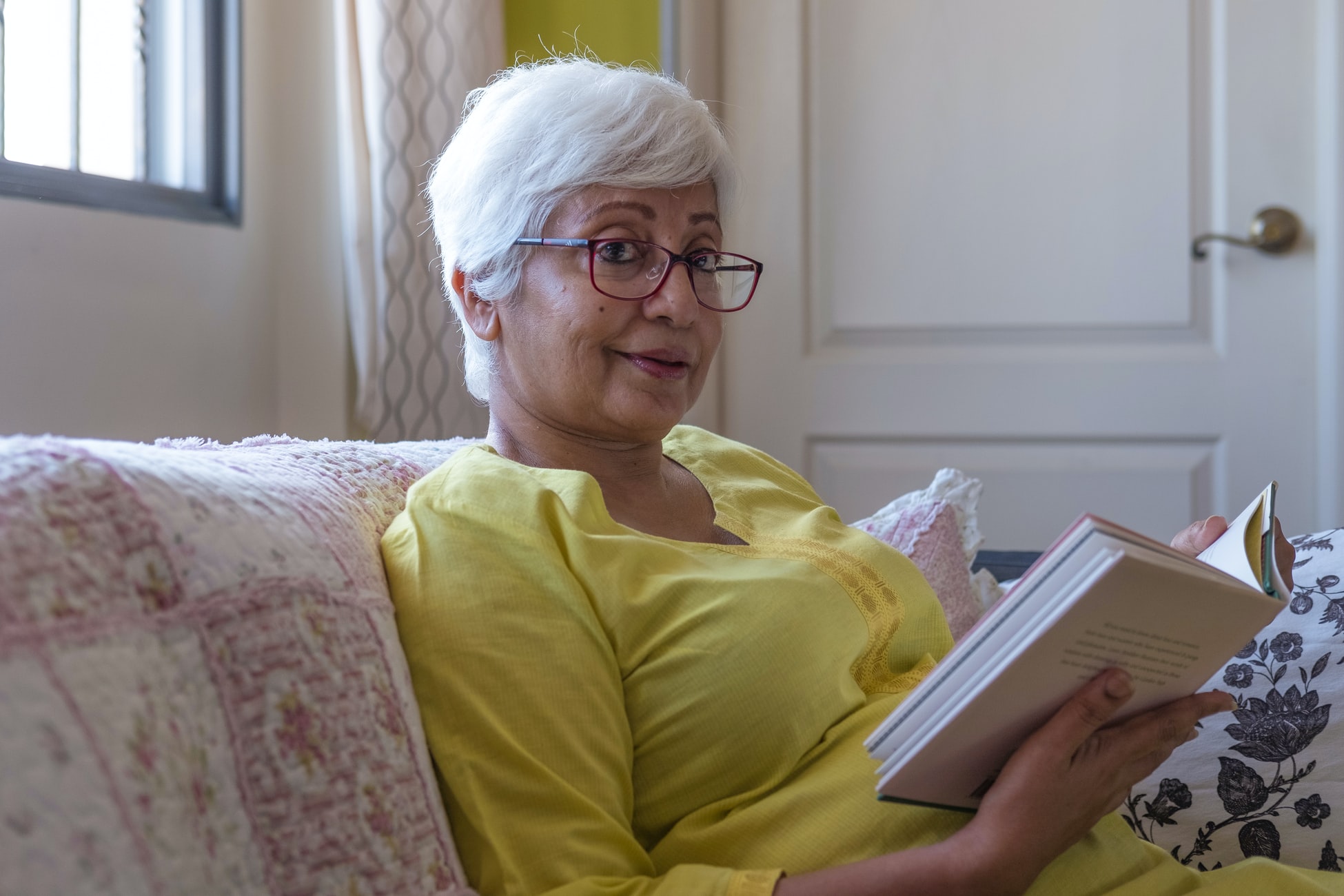Whatever the reason for moving into a care home, it will be a daunting experience for every resident and their family. Putting someone at ease with a few simple, thoughtful gestures can make all the difference…
Try to think back to how nervous you were on your first day of school, or the first day of a new job.
Any new venture which is out of your comfort zone can be nerve-wracking, but when moving into a care home, your state of mind may be negative, thinking that it is a downward spiral to losing your independence and feeling this may be the last chapter to your life.
The first day in a new home is the most important day. This is when the person will build relationships which, in the future, will give them the confidence to consider joining in with group activities and making friends.
The families also have a big part to play. We have to extend our compassion to the relatives, act as an adviser, a listener, a shoulder to cry on, and a friend as needed.

The whole team should be involved on this day, from a warm welcome in reception to meeting the manager and their dedicated key worker. Spend time letting them know what activities will be going on, and what sort of things will fill their days. Having things to look forward to and focus on will help. But don’t overload them either. Perhaps identify a couple of activities their family or loved one could join in with in the early days so they don’t feel worried about going alone.
Take some time to talk to the family too. Remind them that connection with dementia is about adjusting your understanding. Their loved one does remember, but perhaps a past version of themselves, and this is where the connection can still be found and still cherished.
Encourage visiting spouses to keep sharing memories, bringing in pictures or objects from past holidays or events, and allowing their other half to reminisce and join in where they can.
As the resident starts to settle in, always take photos of the magical moments that take place, not just for your newsletters or for the CQC, but mostly for the families, so they can see how happy their loved ones are.
Also remind them and yourselves that the person living with dementia is in the safest environment they can be in, with experienced staff who can give round-the-clock care and attention.

Top Tips for Easing the Transition
1. A welcome card, handwritten by staff and residents.
2. A bunch of flowers in a nice, clean room.
3. A Daily Sparkle newspaper in the bedroom so there is something to do while waiting to meet all the staff.
4. Design a booklet or sheet of paper with pictures of the staff and a write-up about them, so the resident will recognise faces and uniforms, and feel like the staff aren’t strangers.
5. ‘My New Address’ postcards that can be sent to friends and family.
6. A selection of tea, coffee, biscuits, fruit and cake available in the bedroom after a long journey.
7. Each department to introduce themselves on the first day. But don’t bombard the person all at once as this could be intimidating.
8. Find a friendly resident for them to buddy up with. They may have questions and fears that they can relate to and they can share experiences.
9. Organise an introduction with the other residents in the home.
10. Speak with the relatives, in advance if possible, and complete the life story section in the care plan, so you can put items in their room that relate to their hobbies, such as books, knitting, Guinness, nail varnish, etc.
11. Have a map of the home available so they can get the bearings of where they are, and a list of where day-to-day activities take place.




